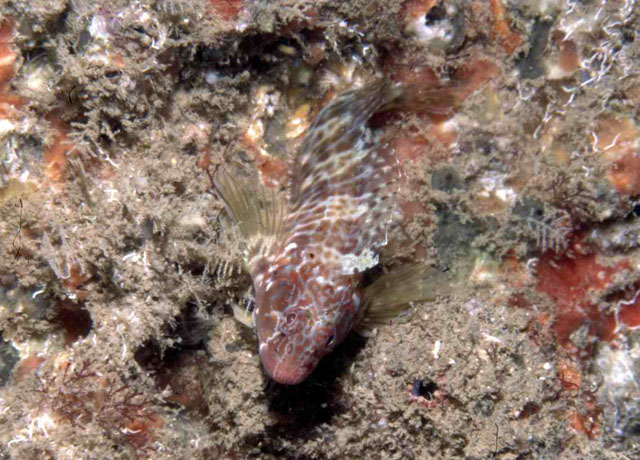| Blenniidae (Combtooth blennies), subfamily: Salariinae |
| 7.5 cm TL (male/unsexed) |
|
reef-associated; marine |
| Western Atlantic: southern Florida, USA and Bahamas to northern South America; range reported to extend to Brazil (Ref. 13628). Eastern Atlantic: not until 1979 was this species found again at the coast of Victoria in Cameroon and at Lomé in Togo (Ref. 5298). Reported from Senegal (Ref. 34514) and São Tomé Island (Ref. 34088). |
|
Dorsal spines (total): 12-12; Dorsal soft rays (total): 13-14; Anal spines: 2-2; Anal soft rays: 15-16 |
| Adults occur in mangroves, pilings and rocky shores, often in silty water. They feed on crustaceans, hydroids, bryozoans and pelecypods (Ref. 5521). Oviparous. Eggs are demersal and adhesive (Ref. 205), and are attached to the substrate via a filamentous, adhesive pad or pedestal (Ref. 94114). Larvae are planktonic, often found in shallow, coastal waters (Ref. 94114). |
|
Least Concern (LC); Date assessed: 22 March 2011 Ref. (130435)
|
| harmless |
Source and more info: www.fishbase.org. For personal, classroom, and other internal use only. Not for publication.

